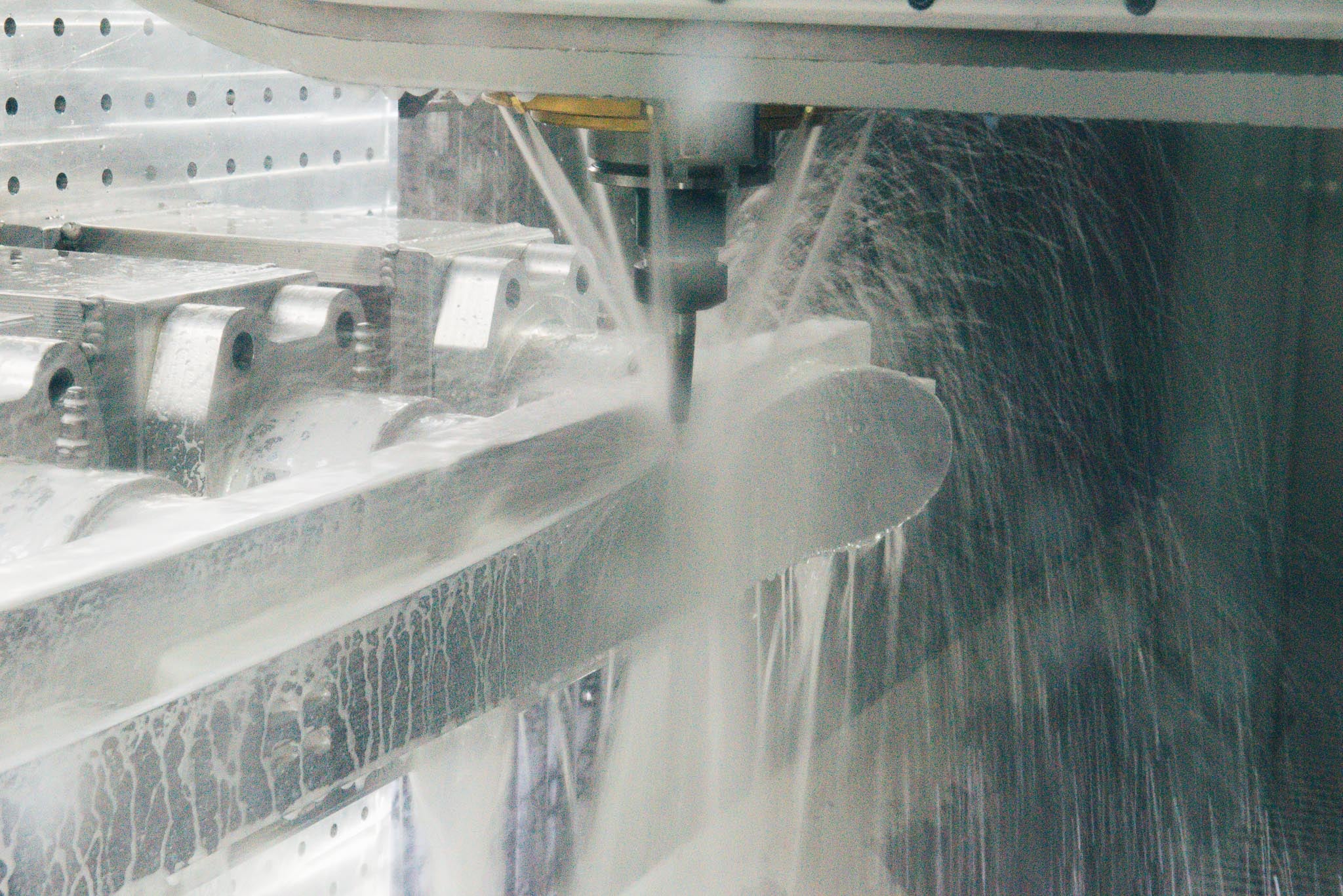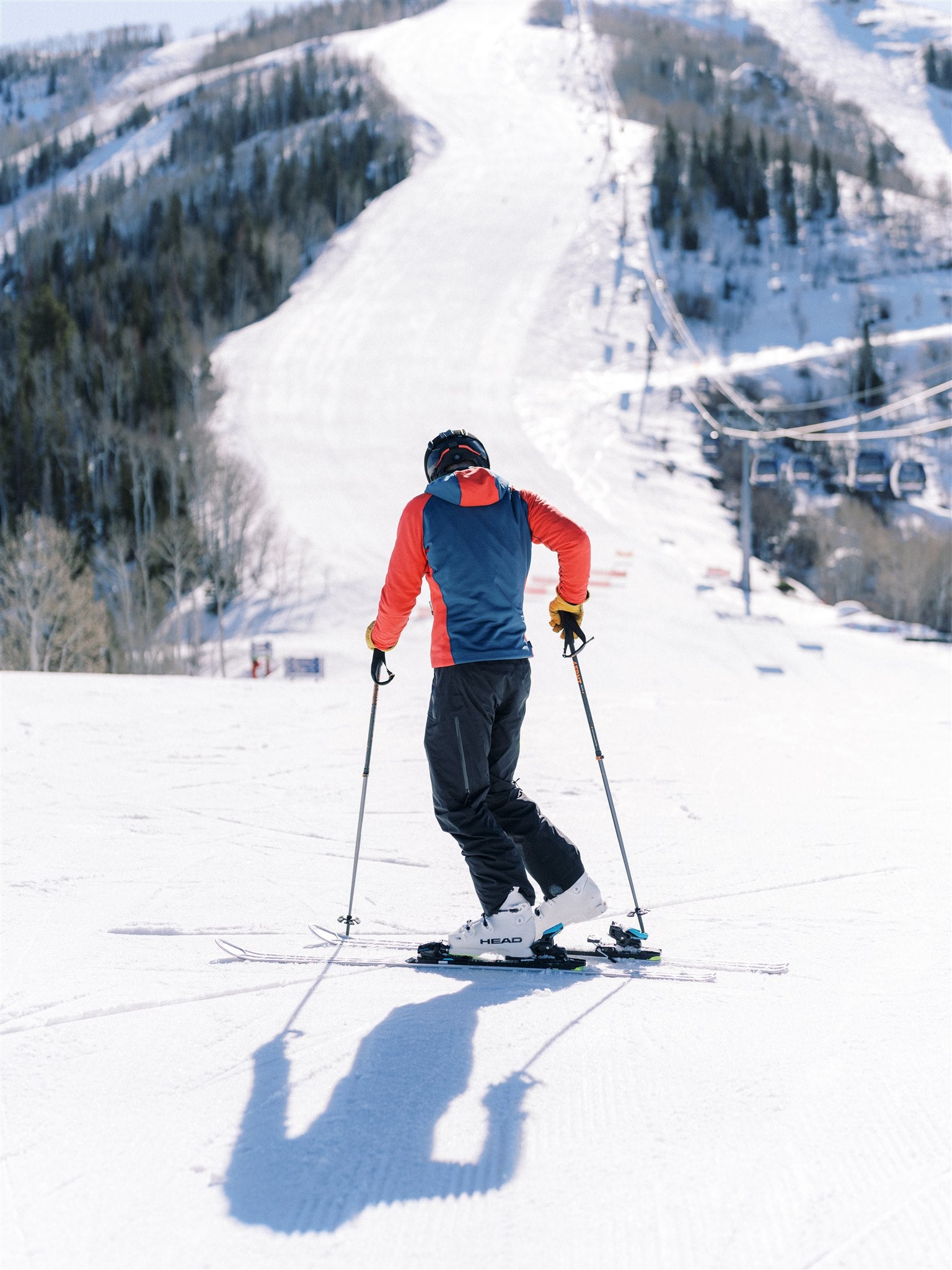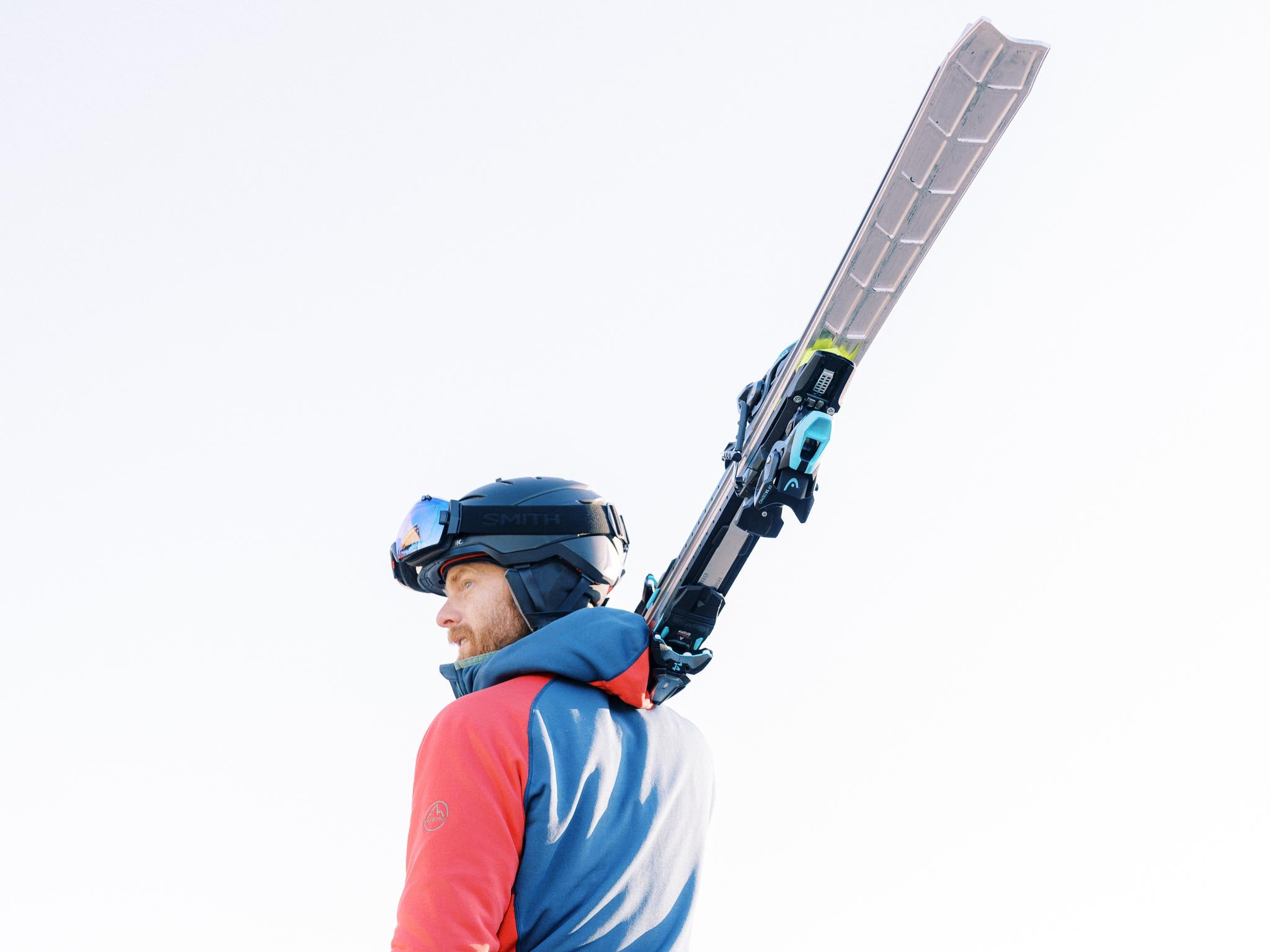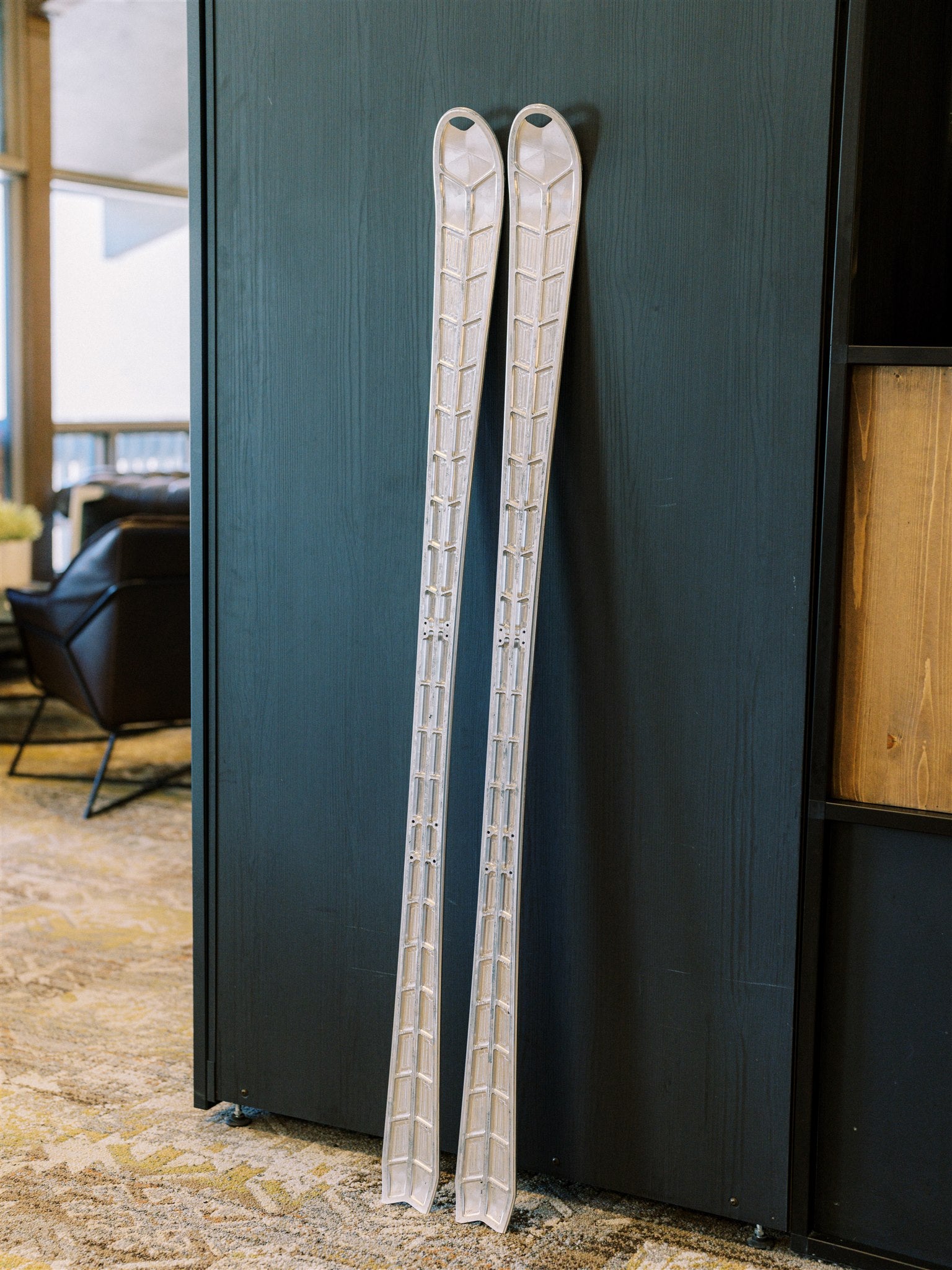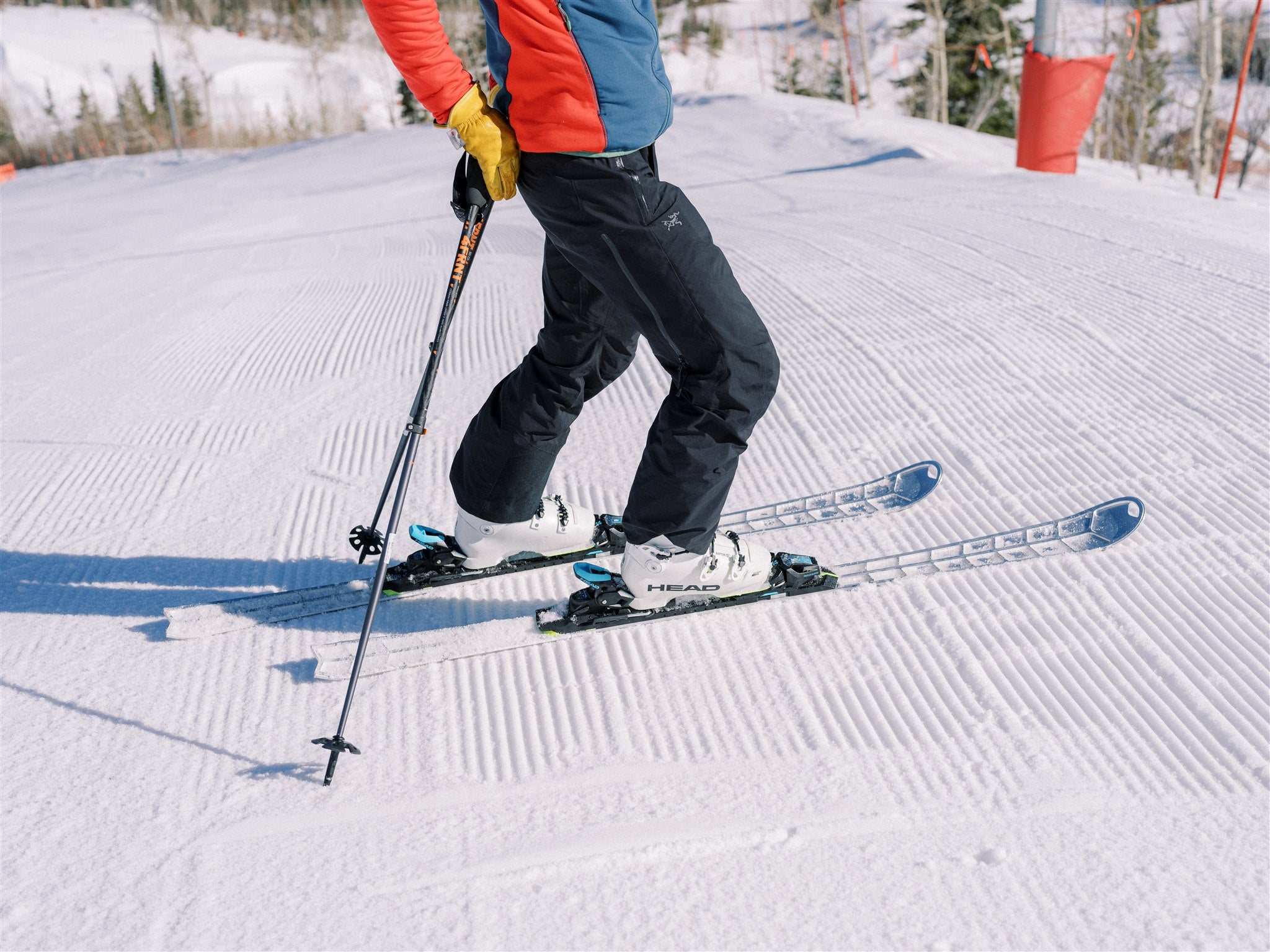The Basics
What makes M1 different from other skis? I've heard all these same claims before.
Wow, you really went for it. We respect that.
The craftsmanship and design detail that goes into traditional, composite skis is remarkable. We openly applaud (and have enjoyed the products of) the brilliant minds and skilled hands that have produced skis over the years. What M1 accomplishes is a narrowing of the gap between the performance intent of a design and the manufactured output with our Monobloque technology. Through this manufacturing process we are able to:
1. More closely match design intent with actual performance.
2. Offer consistent performance across all skis produced.
3. Reduce variability caused by raw material and manual process interdependencies.
Our designs are precise, our product is exact, and its performance is exceptional. Every time.
Who are M1 skis for?
In short: M1 is for everybody. Our technology is revolutionary and applicable for all skiers, regardless of skill level or snow conditions.
Initial models from M1 are designed for competitive racing and high performance carving. The geometry and flex profiles of these skis were engineered with advanced and expert skiers in mind. We've started with these models as they highlight "what makes us different", and competition affords a clearly defined path for product validation; "are athletes faster on M1 skis?"
We have all-mountain models in the design phase and are excited to release these into the wild in the near future to spread the revolution.
We currently have all-mountain models in the design phase and are excited to release these into the wild to spread the revolution.
Ok but really - convince me.
Our initial line-up of high performance carving and racing skis opens up a new era of athletic performance for avid skiers. No longer are you subjected to constant compensation for variability in ski-to-ski behavior. Rather, you can execute technique confidently knowing that your equipment is dialed by design. When you can focus on performance rather than compensating for equipment, you will experience better balance, earlier edge engagement, and more effective edge-build and weight transfer. The less you work, the better they ski.
Materials & Construction
Are they really 100% solid aluminum?
Yes. With M1's Monobloque™ technology, each ski is CNC machined from a solid block of aerospace aluminum alloy. Current models are pre-drilled for and equipped with Tryolia race-plates ready to accept bindings.
Aluminum Bases? Tell me more about that.
Given M1's Monobloque technology, the skis have no "base", rather the running surface is just one side of the ski body. While it is aluminum rather than P-Tex, there is preparation similar to conventional skis that help the skis achieve optimal glide and acceleration.
- Waxing: While the Aluminum running surface is not porous, it should still be waxed for optimal performance specific to glide and acceleration. Rather than the cumbersome and messy hot-waxing process for P-Tex bases, M1 skis lend themselves to hassle-free waxing. Check back for a deep dive into this with detailed "how to" content.
- Stone Grinding: Similar to P-Tex bases, a finish structure is applied to M1 skis to facilitate the flow and displacement of the free-flowing water that is present under the skis. This is produced using a conventional stone grinding machine, though given the specific nature of the Aluminum running surface, a specific set of parameters works best across a widest range of snow conditions. As such, when re-grinding the ski we encourage you to find a shop that can work with you to reproduce the factory finish structure that we ship our skis with.
Do the skis have steel edges, or are they aluminum?
M1 Skis feature integral aluminum edges, which are specifically engineered for durability and performance. These edges are easily maintained using traditional tuning tools, and their performance rivals steel in most conditions, especially for carving and high-speed stability.
How do M1's aluminum edges compare to steel edges?
While aluminum edges may wear differently than steel, they provide excellent durability and edge hold in most skiing conditions. Our aluminum edges can be tuned and sharpened with the same tools used for steel edges, ensuring that they stay sharp and responsive throughout the season.
Won't aluminum edges wear out quickly?
Our aluminum edges are engineered for longevity and performance. M1 Skis are designed to maintain their edge over time. They can be maintained with traditional ski tuning tools to ensure long-lasting sharpness and performance.
Performance & Durability
How does aluminum hold up in terms of flex and durability?
M1 Skis are crafted from aerospace-grade 7050 aluminum alloy, offering a unique balance between flex and rigidity. Thanks to Monobloque™ construction and CNC machining, the skis are designed to return to their original form, even after experiencing high pressure or deformation. Unlike metal-reinforced skis of the past, our material science ensures the skis won’t stay bent after hard impacts.
Won't they bend?
Our skis are engineered with a yield strength that delivers over 7 times the typical margin of safety before any bending occurs. While they aren’t indestructible, they are significantly stronger than traditional skis.
Can aluminum skis really offer the same flex and responsiveness as composite skis?
Absolutely. The precision-engineered Monobloque™ aluminum skis offer repeatable flex profiles that rival—and often exceed—composite skis. Traditional composite skis vary due to inconsistencies in materials, but M1 Skis offer unmatched consistency across every ski, making the flex and responsiveness uniform.
What happens when the skis hit rocks or features? How do they hold up against damage?
M1 Skis are highly resistant to damage thanks to the solid aluminum construction. In the rare case they do sustain damage, standard ski repair methods can be used. Visit a ski shop for tuning and repairs, or view our maintenance guide for easy at home repairs. Our skis are designed to be easily maintained with traditional tools.
How do M1 Skis compare to legacy brands, which also experimented with metal skis?
While brands like Volant did use metal in their skis, M1 Skis feature revolutionary construction using aerospace-grade aluminum alloy, precision CNC machining, and cutting-edge design to create a product with superior flex, torsional rigidity, and durability.
The Specs
How does their weight compare to other skis?
The beauty of aluminum is its strength to weight ratio. The ski industry has endeavored over the last 25+ years to find ways to reduce weight while maintaining responsiveness. We decided to optimize the other side of the equation; maximize responsiveness without compromising weight. As such, we have specifically designed each ski to be within the market range of comparable models. The weight of a specific ski can be found within the product specifications for each model.
How do the bindings install?
Current models are pre-drilled for and factory assembled with Tyrolia race-plates and are sold with Tyrolia Freeflex 14 or Freeflex 16 bindings.
What colors will be available?
All photos on the website are of a pre-production model with the machining marks still intact. This raw aluminum finish will be available at launch.
Sustainability
Is M1’s use of aluminum sustainable compared to composite skis?
Yes. Aluminum is one of the most sustainable materials available, being 100% recyclable and reusable. Unlike traditional composite skis, which are difficult to recycle and produce significant waste, M1’s use of aluminum minimizes environmental impact. Our precision CNC machining also reduces material waste, making M1 Skis a more sustainable choice.
Other Questions?
Something not answered above? We'd love to hear from you. Reach out via the link below.
